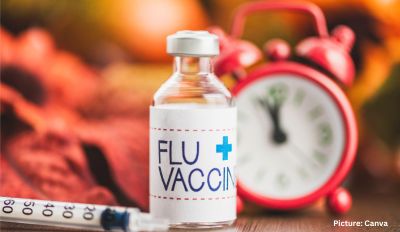Burnout was a significant problem for doctors and other health care workers (HCWs) even before the arrival of COVID-19. Now a new study reveals just how much worse the pandemic has made it.
Researchers surveyed more than 107,000 HCWs across a wide range of health care-related occupations in 2019, 2020 and 2021-22 to measure and compare both individual levels of emotional exhaustion (EE) and workers’ perception of EE among their colleagues. They found that the overall EE rate among HCWs jumped from 31.8% in 2019 to 40.4% in 2021-22. The increase in individuals’ perception of EE among others—what the authors call the emotional exhaustion climate—was from 54% to 65%.
Perhaps surprisingly, EE among the three categories of physicians studied—residents, attending/staff physicians and physicians not working in a hospital–remained the same or declined between 2019 and 2020 a result the authors attribute to decreases in patient volume and the flexibility offered by telehealth resulting from the pandemic.
But the situation reversed dramatically in the following years, so that by 2021-22 the percentage of residents reporting EE had increased from 24.6% to 34.4%, from 33.4% to 40.1% among attending/staff physicians, and 29% to 34.6% among doctors not working for a hospital. These were, the authors say, “the largest single-year increases reported by any roles across any time frame, exceeding what was found during a three-year period when EHRs were introduced nationally.”
Among non-physicians, the largest growth in EE—from 27% to 39%–was among physical, occupational and speech therapists. Other occupations seeing significant increases included technologists (32% to 43%), technicians (33% to 42%), administrative support staff (29% to 38%), and nurses (40.6% to 49.2%).
Based on their findings and those of other studies, the authors call HCW burnout a “parallel pandemic that will be felt for many years to come.” Addressing it, they say, will require focusing on HCW well-being using both institutional and individual resources. Moreover, those resources need to be evidence-based and accessible to all employees, and their use must be role-modeled by organizational and institutional leaders.
The study, “Emotional Exhaustion Among U.S. Health Care Workers Before and During the COVID-19 Pandemic, 2019-2021” was published September 21 on JAMA Network Open.
(https://www.medicaleconomics.com/view/senator-moves-to-end-covid-19-pandemic-national-emergency)











